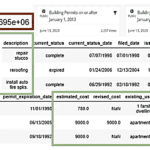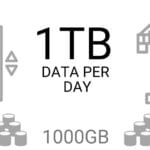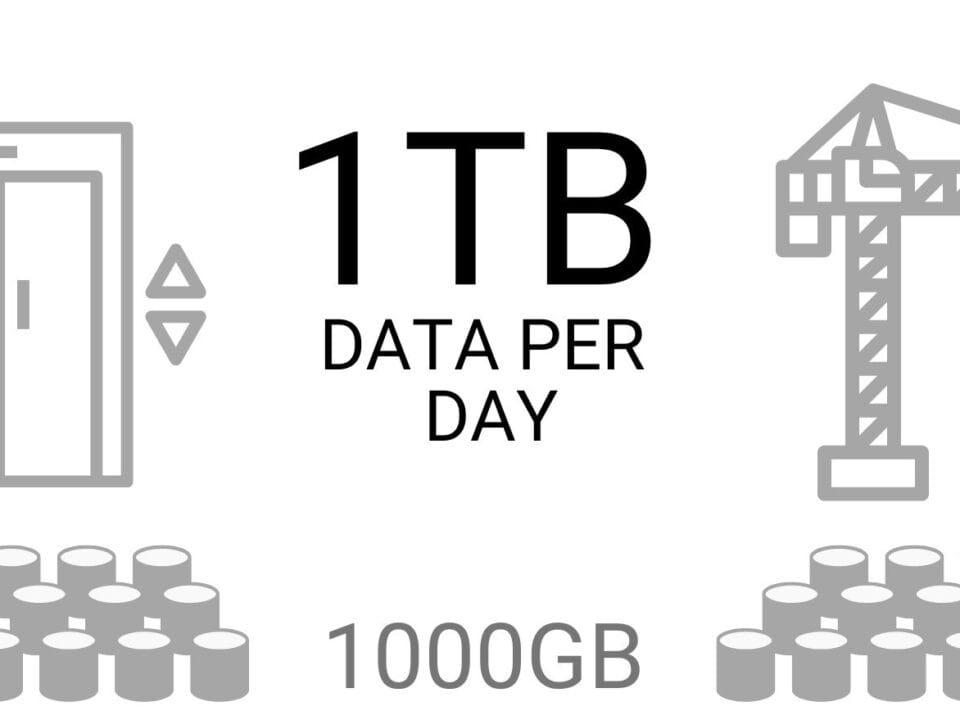In the following example we will analyze a large dataset using data from different CAD tools (BIM). To collect and create the large dataset, a specialized automated web crawler (script) was used, configured to automatically search and collect design files from websites offering free architectural models in the formats RVT and IFC. In a few days, the crawler successfully found and downloaded 4,596 IFC files and 6,471 RVT files and 156,024 DWG files (А. Boiko, “Kaggle: RVT IFC Files 5000 Projects,” 2024).
After collecting projects in RVT and IFC formats of different versions and converting them to a structured CSV format using the free reverse engineering SDKs, nearly 10 thousand RVT and IFC projects were collected into one large Apache Parquet table file and uploaded to Pandas DataFrame for analysis (Fig. 9.1-9).
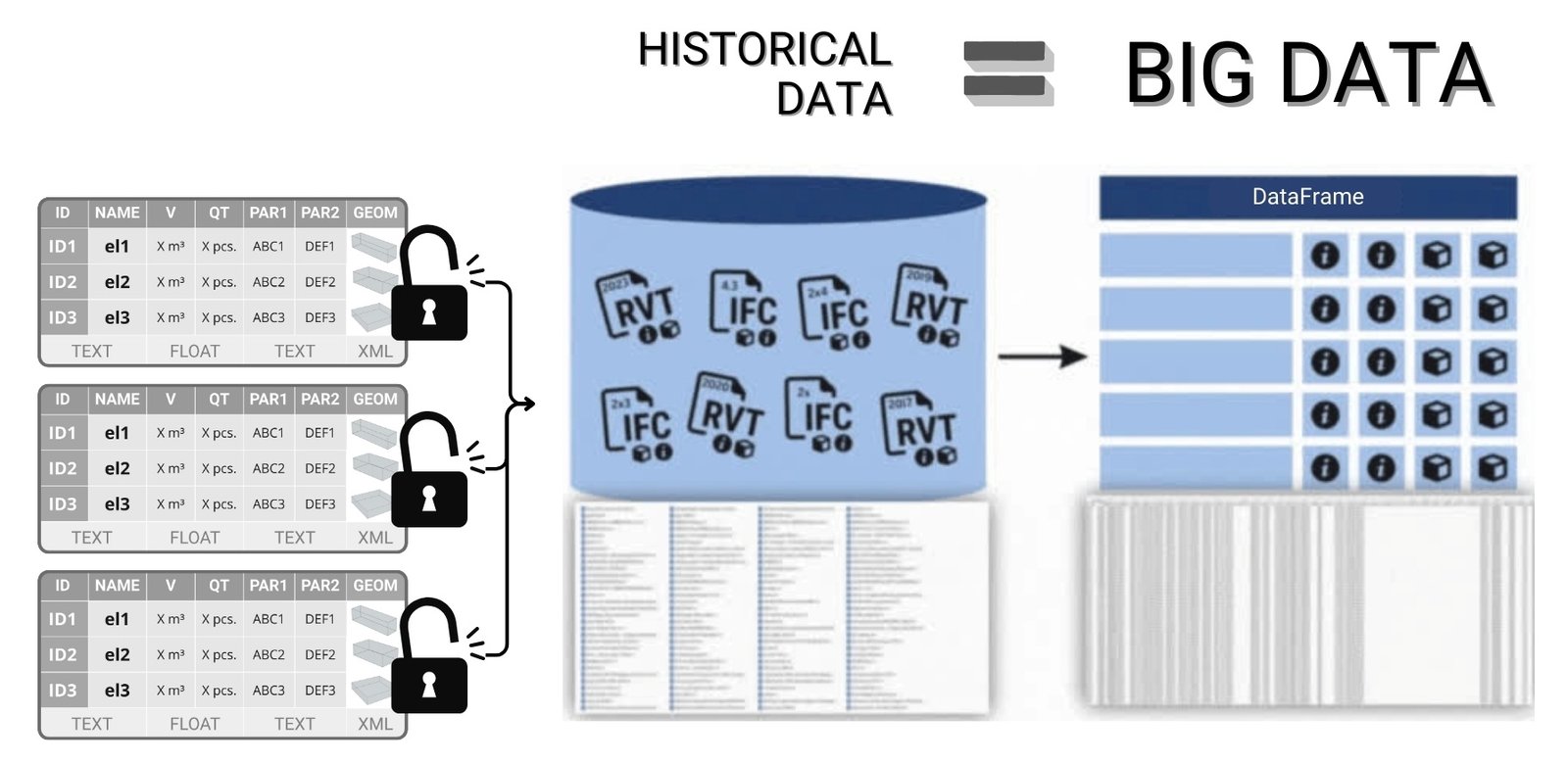
The data from this large-scale collection contains the following information: the IFC file set contains about 4 million entities (rows) and 24,962 attributes (columns), and the RVT file set, consisting of about 6 million entities (rows), contains 27,025 different attributes (columns).
These information sets (Fig. 9.1-10) cover millions of elements, for each of which the coordinates of the Bounding Box geometry (the rectangle that defines the boundaries of the object in the project) were additionally obtained and added to a common table – the coordinates of the Bounding Box geometry (the rectangle that defines the boundaries of the object in the project) and images of each element in PNG format and the geometry in the open XML format – DAE (Collada) were created.
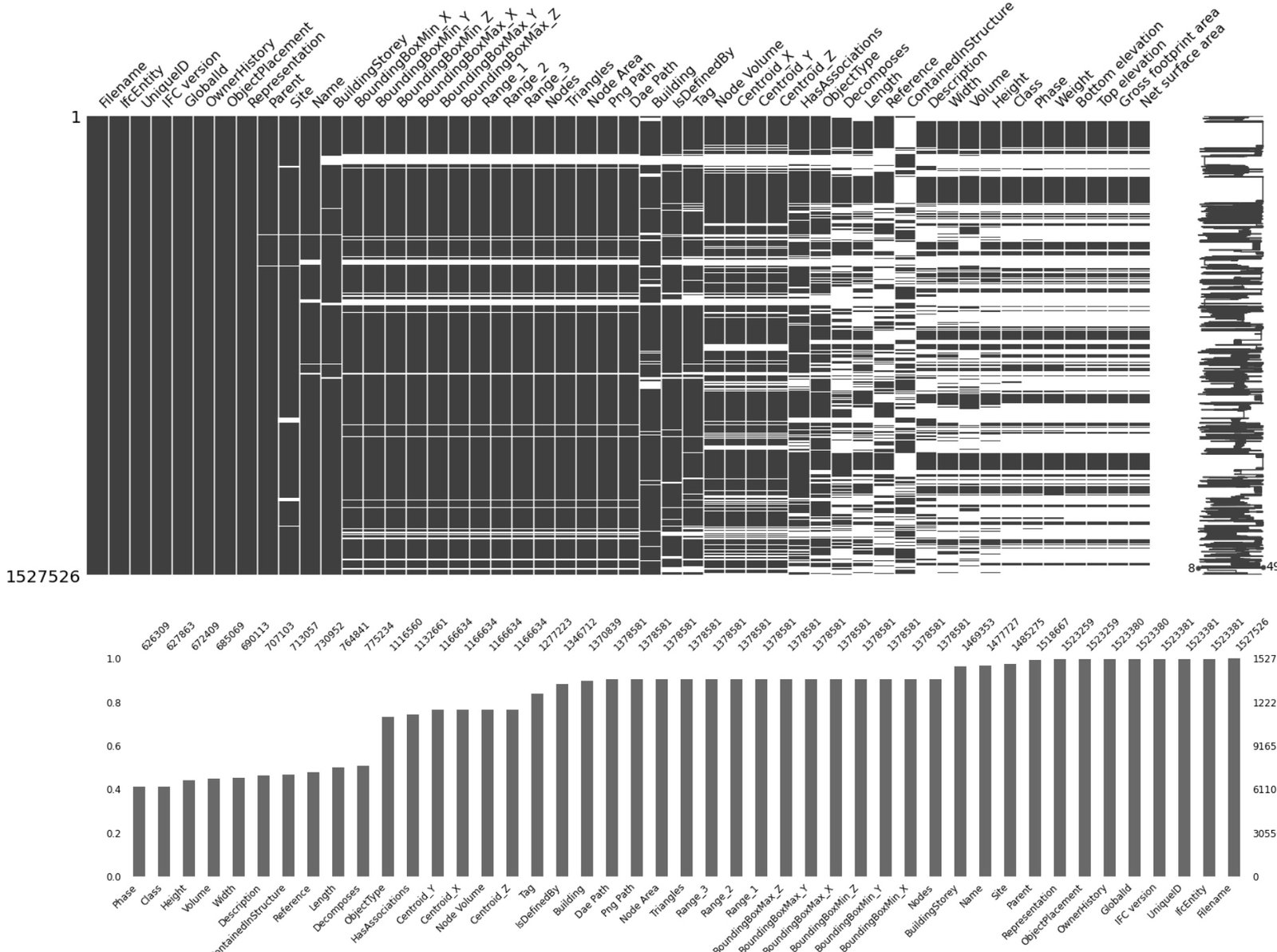
Thus, we obtained all information about tens of millions of elements from 4,596 IFC projects and 6,471 RVT projects, where all attributes-properties of all entity elements and their geometry (Bounding Box) were translated into a structured form of a single table (DataFrame) (Fig. 9.1-10 – data about dataframe populations appear as histograms).
Histograms (Fig. 9.1-10, Fig. 9.2-6, Fig. 9.2-7) plotted during the analysis process allow a quick assessment of the data density and frequency of occurrence of values in columns. This gives a first insight into the distribution of features, the presence of outliers and the potential usefulness of individual attributes in analyzing and building machine learning models.
One example of a practical use of this dataset (Fig. 9.1-10) is the “5000 IFC and RVT” project.(А. Boiko, “Kaggle: RVT IFC Files 5000 Projects,” 2024), available on the Kaggle platform. It presents Jupyter Notebook with full Pipeline solution: from preprocessing and data analysis to visualization of results using Python libraries – pandas, matplotlib, seaborn, folium and others (Fig. 9.1-11).
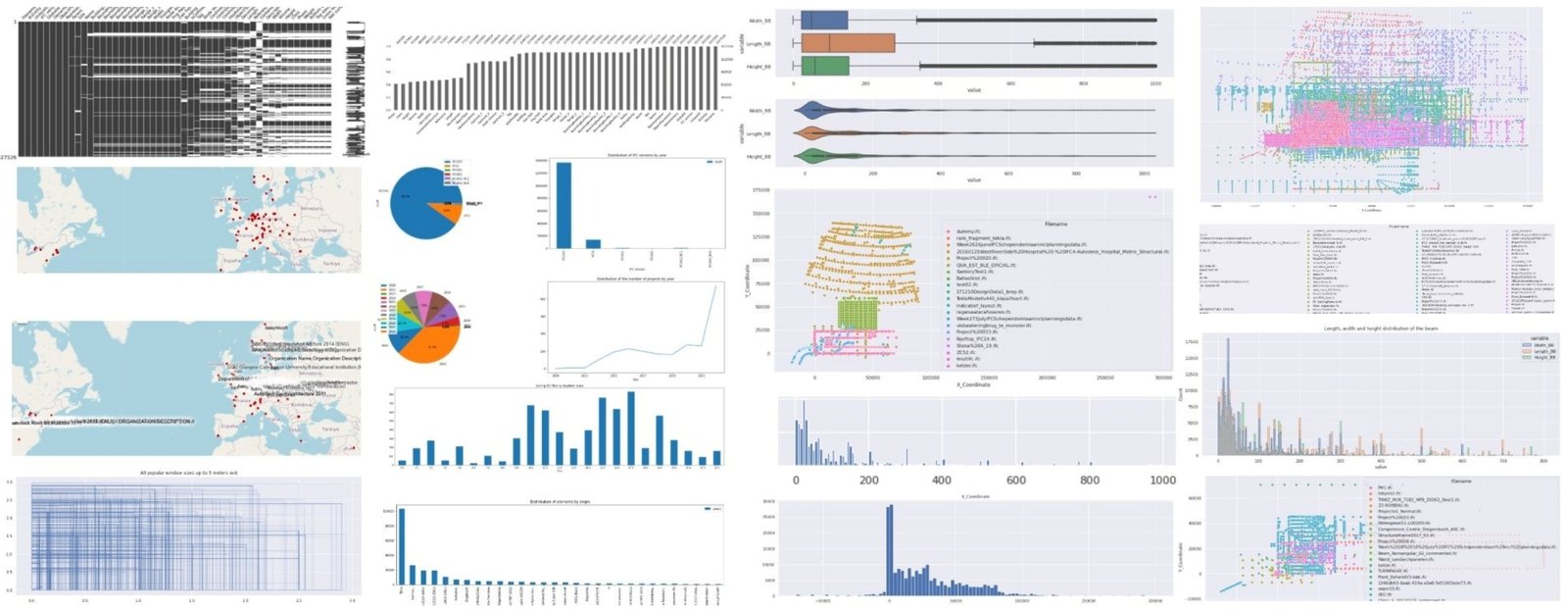
Based on meta-information, it is possible to determine in which cities certain projects have been developed and display this on a map (e.g., using the folium library). In addition, time stamps in the data allow you to explore patterns in the time when files were saved or edited: by day of the week, time of day, and month.
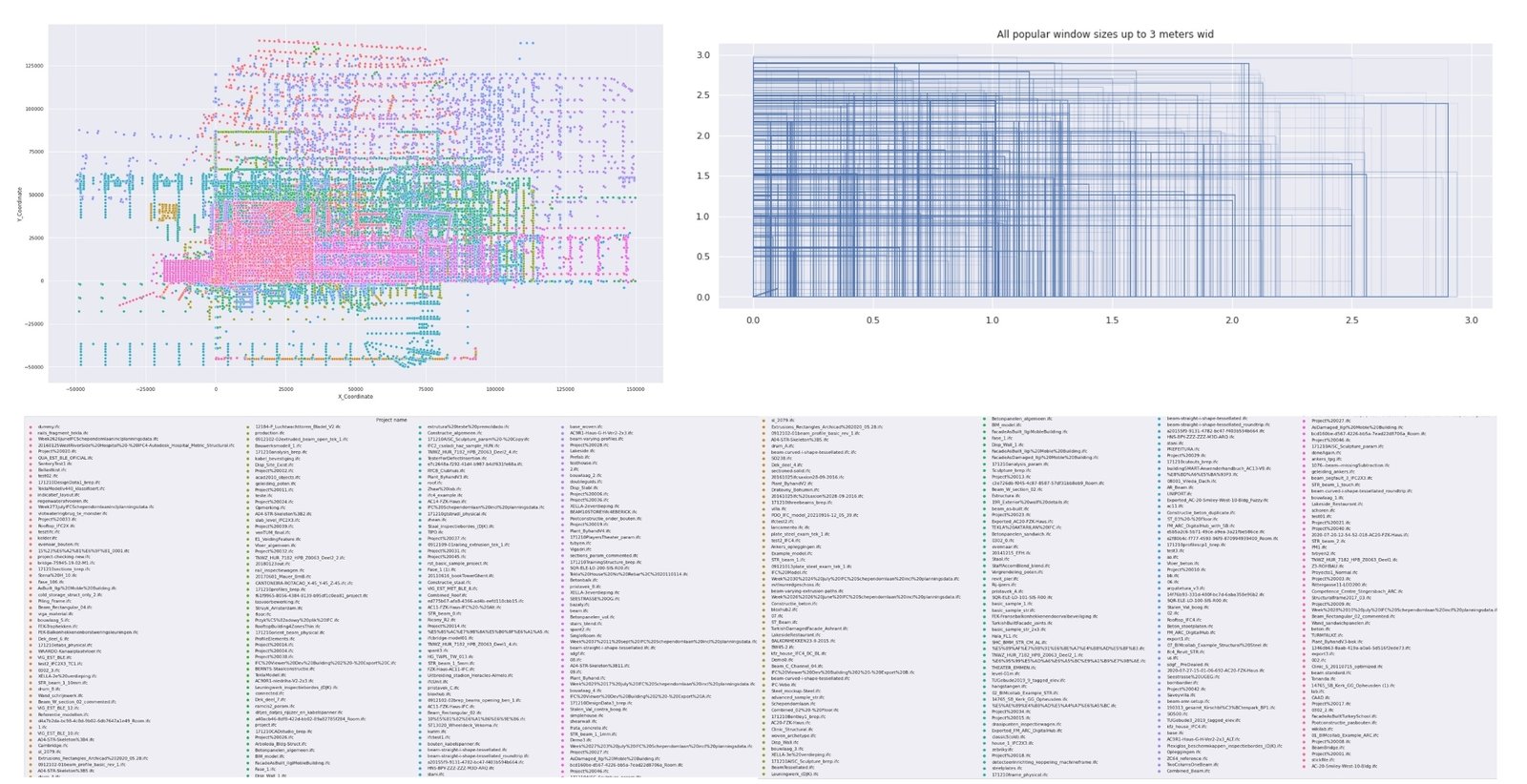
Geometric parameters in the form of Bounding Box extracted from the models also lend themselves to aggregate analysis. For example, Fig. 9.1-12 shows two graphs: the left one shows the distribution of distances between columns for all projects relative to the zero point, and the right one shows the sizes of all windows up to 3 meters high in a sample of tens of thousands of window elements (after grouping the whole dataset by the parameter “Category” with the value “OST_Windows”, “IfcWindows”).
The analytical Pipeline code for this example and the dataset itself are available on the Kaggle website under the title “5000 IFC and RVT| DataDrivenCo-nstruction.io projects” (А. Boiko, “Kaggle: RVT IFC Files 5000 Projects,” 2024). This finished Pipeline along with the dataset can be copied and runfree online for free on Kaggle or offline in one of the popular IDEs: PyCharm, Visual Studio Code (VS Code), Jupyter Notebook, Spyder, Atom, Sublime Text, Eclipse with PyDev plugin, Thonny, Wing IDE, IntelliJ IDEA with Python plugin, JupyterLab or popular online tools Kaggle.com, Google Collab, Microsoft Azure Notebooks, Amazon SageMaker.
Analytical data derived from the processing and examination of huge amounts of structured data will play a crucial role in decision-making processes in the construction industry.
With this kind of information analysis based on past project data, experts can effectively forecast, for example, material and labor requirements and optimize design solutions before construction begins
However, while design data or building permits are relatively static information that changes relatively slowly, the construction process itself is rapidly becoming saturated with a variety of sensors and IoT -devices: cameras, automated monitoring systems that transmit data in real time – all of this turns the construction site into a dynamic digital environment where data needs to be analyzed in real time.

